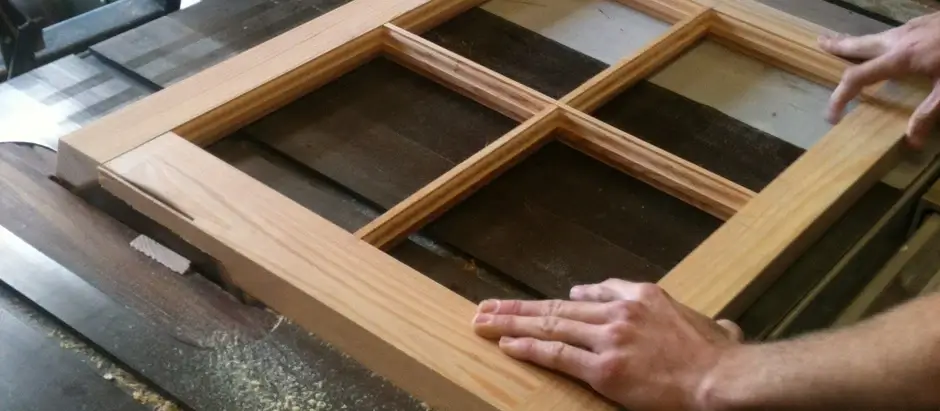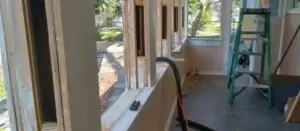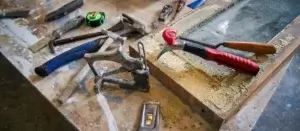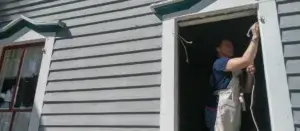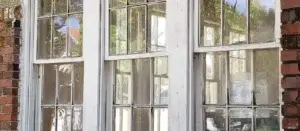True innovation takes a long time, sometimes months, years, decades or even centuries to make significant progress. Take glass for an example. Nobody really knows who first discovered it or how it was invented, but people suspect that maybe people found it at the site of a lightning strike, or that it was made accidentally under a fire on a beach somewhere. After that initial discovery, it was a long long time before people could reproduce it on purpose. A long time. Hundreds of years. But they got it. One experiment at a time, a little tweak here, a twist of that there until it became an art form. Artistic expression in glass has been discovered in ancient Egypt, ancient China, Mesopotamia, India and other parts of the world that date to 1500 BC and before. It wasn’t until AD 100 or so that clear glass emerged in the area of Alexandria during the Roman empire and could be utilized, although rudely, for window glass.
Wood frames for windows emerged somewhat as painstakingly as glass did, with the biggest advancements arriving contemporary with metal tooling. Mortise and tenon joints, used to connect wood perpendicularly, have been discovered dating back as far as 7000 years. Suffice it to say that in the time since those earliest discoveries, mankind has pretty much mastered that joint.
By the time railroads were making their way across North America, tool making and glass making were somewhat standardized, as well as the mortise and tenon joint. Note that the mortise and tenon joint had not significantly changed in thousands of years. Why? Innovation is really hard and takes a long long time. Nobody has come up with a better joint to work join two pieces of wood perpendicularly yet. There are competing ways, but nothing to supersede it or make it better.
Mortise and tenon centered in a common sense way
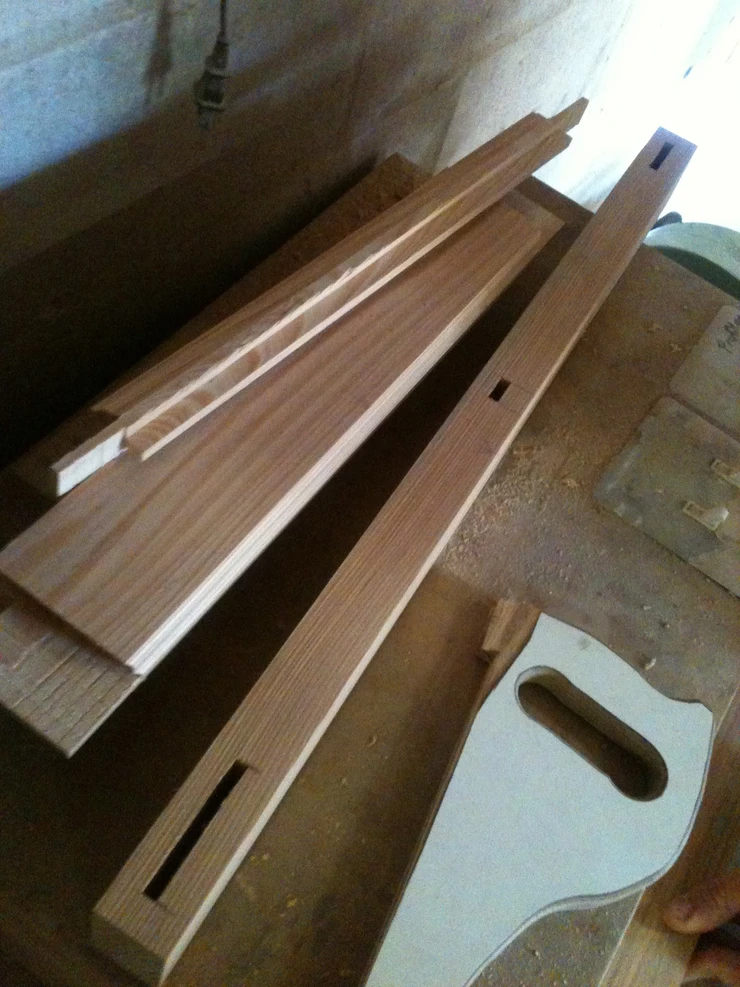
Mortise and tenon not centered – makes building the joint more complicated.
I make, finish, rebuild and refinish turn of the century windows – so what I am about to tell you (in the form of a question) is really important to me. Why, after thousands of years of building technology experience, would design engineers put together a set of window sash making router bits that intentionally off-sets the mortise and tenon joint so that it’s no longer in the middle? In my world, if I was going to design a set of router bits that consumers could use to make a window sash, I’d go to an existing window sash, take it apart to see how it’s made in order to extrapolate what I needed to know. That happens to be precisely how I learned to make windows. What is an authentic period window supposed to look like? Well that’s easy. I went to a neighbor’s house who had one to see what it was supposed to look like. Why is it that the design engineers put something together that would actually make it harder than it needs to be to make a window sash? One thing I don’t assume, is that the engineers are stupid. If stupidity isn’t a viable option, perhaps intention is.
They could have grabbed any sash from any 1920’s building to take it apart. As a matter of fact, you know what household item is still made that way? Doors. If I wanted to make my own set of entry doors, I could go get a set, right off the shelf, that assumes a centered mortise and tenon joint. Because why on earth would you put it anywhere else, when nobody has done it that way since who knows when? You’d put it somewhere else to complicate the process and eliminate unnecessary competition.
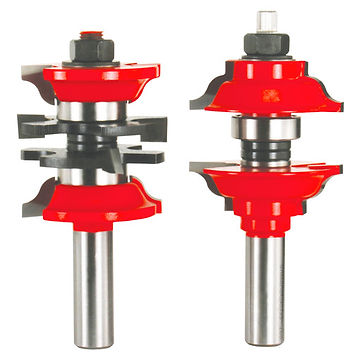
Could it be that there is some entity out there that doesn’t want people making windows? Is this so hard to believe? When I knew I wanted to learn how to make windows, I grabbed the bits that were obviously available to me. The set I bought was made by a company named CMT – they are painted orange. Woodworking people will be familiar with the brand. But you know what? That same bit set is painted different colors and sold under different names. Freud, Infinity, Whiteside, and probably a few more – are all the same bit, and assume an offset mortise and tenon. I used the CMT for years thinking that it was the only way. If it’s the same bit set sold across the entire market under different brand names, is it too much of a stretch to see that someone is in cahoots with someone?
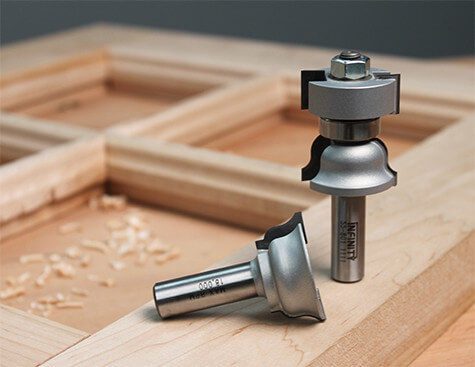
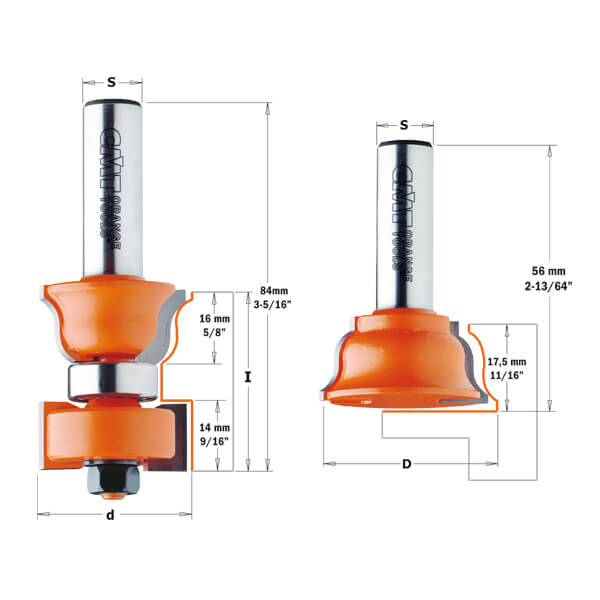
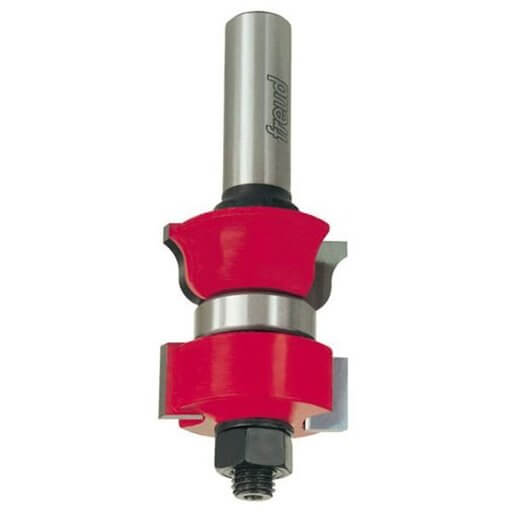
This crossed my mind again today, when I went to see a client about upgrading their historic windows with some weatherstripping and and storm windows. I pulled back the curtain and right there, staring me right in the face – a sash made with that same bit set that I used to use. I was stunned, because honestly there aren’t many people who can just whip out a sash. But this person did a pretty good job. I don’t know who did it, but it looked acceptable to me. The sash has done well, considering. The truth is though, that the person who made the sash has some chops. It’s tricky to set it up, and judging by the assembly, it wasn’t the maker’s first rodeo. This sash maker would be welcome in my shop.
But that’s part of the point. The bit seems to me, intentionally complicated, to keep all but the most elite of woodworkers out of the business of making windows. Running legitimate artisans out of business seems to be the behind the scenes game of the big window corporations. If people like me can’t make a sash to update or repair someone’s historic window, then that homeowner is forced to buy a replacement, designed to fail, planned obsolescence piece of junk – because what other choice would they have?
The neighborhood I went to today has about 3000 buildings with 20 windows or more. The house I looked had almost 50. 3000 times 20 is 60,000. 60,000 times $500 per window is $30,000,000. Does that sound like a lot of money? It does. But watch this. That $500 window that just got replaced will need to be replaced again in 15-20 years. That means a $500 window will have to be replaced 5 to 6 times during a 100 year period. $500 times 5 is $2500. Times 6 is $3000. Per window. That’s $150,000,000 to $180,000,000. That’s in one neighborhood. Statistically, homes rotate their occupants about every 7-10 years. New occupant? New windows, just like appliances. Like carpet.
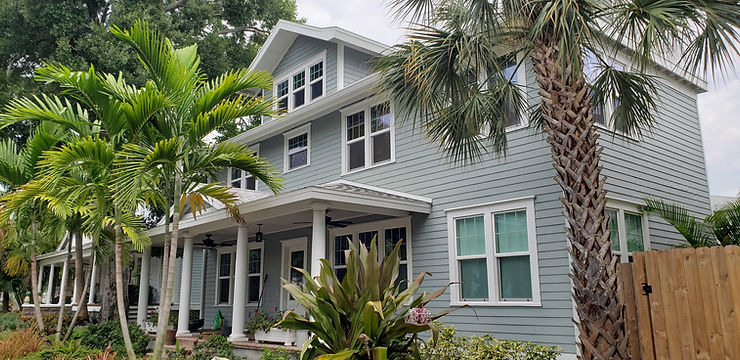
Tampa Bay has approximately 80,000 buildings with the historic windows in them. Times 20 windows per building? That’s 1,600,000 windows. Times a potential $3000 per window? That’s $4.8 BILLION dollars in my back yard. That explains why window replacement advertising competes with ambulance chasers for billboard space.

That’s enough incentive to try to keep the little people out. When’s the last time you saw anything helpful to work on your old windows at the home store? That’s right. There’s not anything there to help you work on your old windows. Ah, but there’s Anderson, Jeld-Wen and Pella over by the door section! “Can’t find what you need to service your windows? Ah, that’s too bad. That’s why we set up this section for you. We can come to your house to get you hooked up to the debt cycle right away!”

We won’t help you fix your old ones, but we can sure sell you some new ones!
Video – how to make a quick, centered tenon
